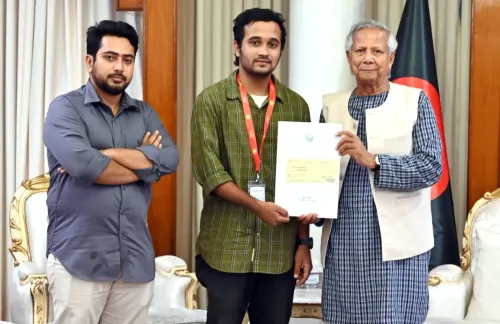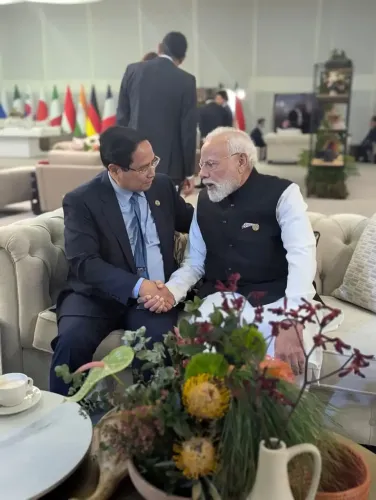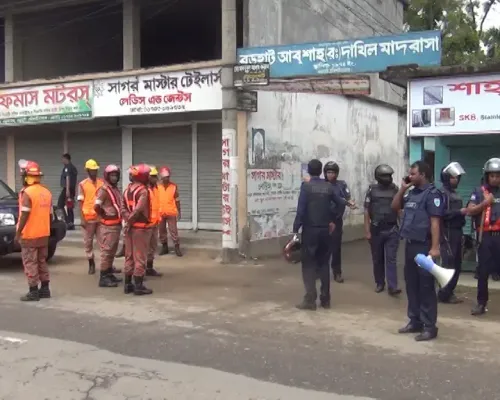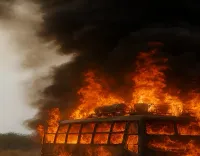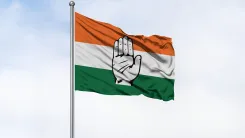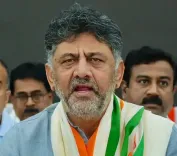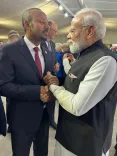Why Are Students Protesting Islami Shibir’s Exhibition on War Criminals at Dhaka University?
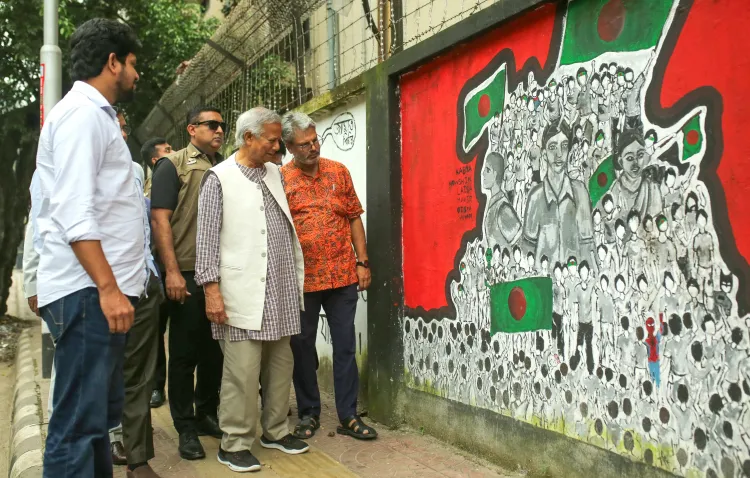
Synopsis
Key Takeaways
- Students organized a protest against war criminal glorification.
- Effigies of Razakars were burned during the demonstration.
- The protest reflects ongoing tensions regarding Bangladesh's historical legacy.
- Radical groups are attempting to reshape historical narratives.
- Students emphasize the importance of preserving the spirit of the Liberation War.
Dhaka, Aug 7 (NationPress) A group of students from Jahangirnagar University (JU) in Bangladesh staged a torchlight procession, burning effigies marked 'Razakar' to voice their dissent against an exhibition held by Islami Chhatra Shibir, the student faction of the radical Islamist party Jamaat-e-Islami at Dhaka University (DU). This exhibition displayed images of "anti-liberation Razakars, Al-Badr members, and war criminals" from the 1971 Bangladesh Liberation War.
The students initiated the procession under the banner of progressive factions in the Bottola area of Dhaka, according to local media.
During the rally, speakers condemned the exhibition at DU, asserting that the display of convicted war criminals' images by Shibir is an "affront" to the essence of the Liberation War.
“We have constantly observed the re-emergence of Razakars in Bangladesh. They attempt to juxtapose the Liberation War of 1971 against the July uprising of 2024. Jamaat and Shibir showcased these images because they consider these Razakars as their leaders,” remarked Sohagi Samia, a leading member of the Socialist Student Front, as reported by the Dhaka Tribune.
“Let it be known, those who aim to erase Bangladesh on behalf of the Razakars will be met with resistance. Any efforts to rehabilitate Razakars will be fiercely opposed,” she added.
During the protest, students chanted slogans like 'Jamaat-Shibir-Razakar, leave Bengal now', 'No place for war criminals in our country', and 'Burn down the Razakars throne together'.
“We have witnessed how Razakars, who undermined the flag of Bangladesh during the Liberation War, are depicted as heroes in the photographs exhibited by Shibir at Dhaka University. Let us not forget that the Pakistani military, with the assistance of Razakars, carried out atrocities at DU on March 25. This is utterly disgraceful, and we condemn this act vehemently,” stated Russell, a student from the Bangla Department.
After taking office last year, the interim government under Muhammad Yunus revoked the ban on Jamaat and its student wing, Islami Chhatra Shibir, through a gazette notification. These radical groups had previously collaborated with student leaders and Yunus to destabilize the democratically-elected government led by former Prime Minister Sheikh Hasina.

